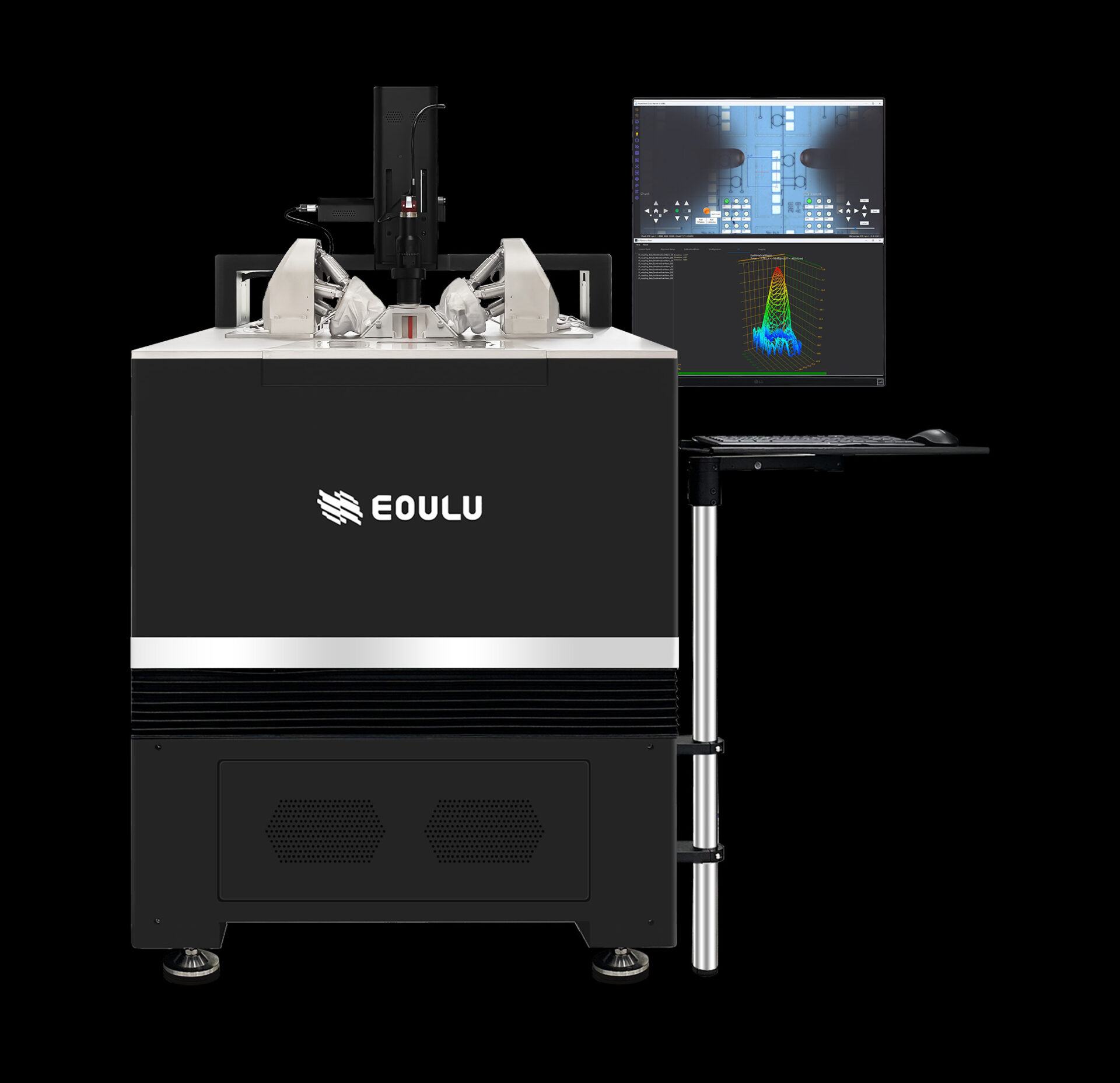| F1 Chuck |
| No. |
Item |
Chuck size |
| 8-inch |
12-inch |
| 1 |
Temperature range |
Room temperature |
High and low temperature |
Room temperature |
High and low temperature |
| 2 |
Maximum operating temperature range |
– |
-60 ~ 300°C |
– |
-60 ~ 300°C |
| 3 |
Typical temperature range |
– |
– 60 ~ 150°C
– 60 ~ 200°C
– 60 ~ 300°C
– 40 ~ 150°C
-40 ~ 200°C
-40 ~ 300°C
0 ~ 100°C
0 ~ 200°C
Room temperature ~ 150°C Room temperature ~ 200°C Room temperature ~ 300°C |
– |
– 60 ~ 150°C
– 60 ~ 200°C
– 60 ~ 300°C
– 40 ~ 150°C
-40 ~ 200°C
-40 ~ 300°C
0 ~ 100°C
0 ~ 200°C
Room temperature ~ 150°C Room temperature ~ 200°C Room temperature ~ 300°C |
| 4 |
Temperature accuracy |
± 1°C |
± 1°C |
| 5 |
Temperature resolution |
0.1°C |
0.1°C |
| 6 |
Triax chuck leakage (non-thermal) |
≤ 132 fA |
≤ 231 fA |
| 7 |
Triax chuck noise (non-thermal) |
≤ 30 fA |
≤ 42 fA |
| 8 |
Cooling mode |
Liquid cool and air cool are optional |
| 9 |
Typical transition time
(Liquid cool) |
– 60°C → 25°C:23 min
25°C → 300°C:28 min
300°C → 25°C:25 min
25°C → -60°C:37 min |
– 60°C → 25°C:23 min
25°C → 300°C:28 min
300°C → 25°C:25 min
25°C → -60°C:37 min |
| 10 |
Typical transition time
(Air cool) |
– 60°C → 25°C:9 min
25°C → 300°C:25 min
300°C → 25°C:12 min
25°C → -60°C:29 min |
– 60°C → 25°C:9 min
25°C → 300°C:25 min
300°C → 25°C:12 min
25°C → -60°C:29 min |
| 11 |
Maximum heating power |
5.5 kW |
| 12 |
Maximum cooling power |
12.5 kW |
| 13 |
Maximum refrigerant flow |
5 m/s |
| 14 |
Maximum transport pressure |
4 bar |
| 15 |
Maximum voltage (high power option) |
10000 V |
| 16 |
Maximum current (high power option) |
800 A |
| 17 |
Statement |
l It shall be operated and stored strictly in accordance with the temperature and humidity specified in “Environmental conditions” in this Manual.
l Before the probe station leaves the factory, wafers shall be placed on chuck for performance verification and reliability test. Therefore, the scratches on the surface of chuck or the movable plate cannot be completely avoided. The scratches do not affect the use of the probe station and are not considered as a quality problem.
l Before the thermal probe station leaves the factory, heating and cooling test shall be conducted on the thermal system and thermal chuck. Therefore, the baking marks on the surface of the chuck (e.g. chuck color change and water vapor mark) cannot be completely avoided. The baking marks do not affect the use of the equipment and are not considered as a quality problem. |
| 18 |
Cleaning |
l Clean the probe station once a month. Use a soft dust-free cloth to remove the dirt from chuck. If lots of dust and debris are generated during use, the cleaning frequency shall be increased.
l Do not use isopropyl alcohol(IPA) or any other chemicals on the chuck, as improper use of solvents or grinding agents may damage the probe station. |
| 19 |
Maintenance |
l No items can be placed on the chuck except the device under test.
l If the screws are loose, promptly tighten them carefully and evenly according to the torque requirements. If necessary, contact the Eoulu’s after-sales team for treatment.
l For the fully-automated probe station, ensure that the power supply has been properly shut down during maintenance or when not in use, and ensure they do not accidentally restart before maintenance is completed or before use. |
| 20 |
Service |
l For probe station with a high utilization rate, it is recommended to conduct operational inspection and service of the chuck once a year.
l The following services can only be executed by Eoulu’s team:
1. Leveling and calibration of the chuck X/Y/Z/Theta stage
2. Disassembly and installation of the chuck |
| 22 |
Eoulu high performance thermal Chuck |
 |
 |








